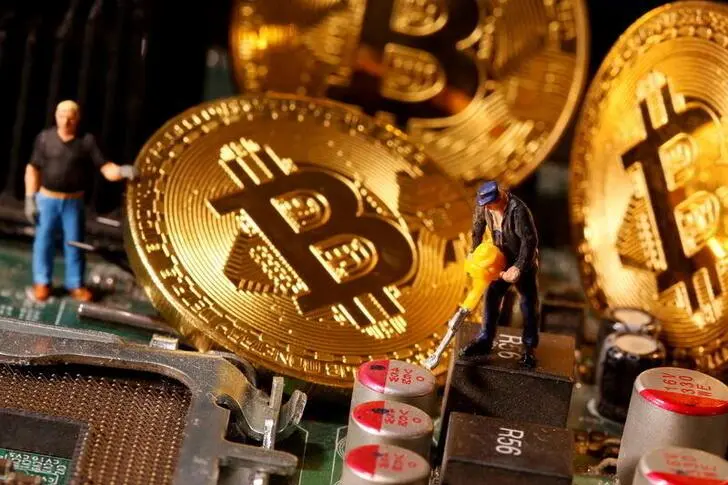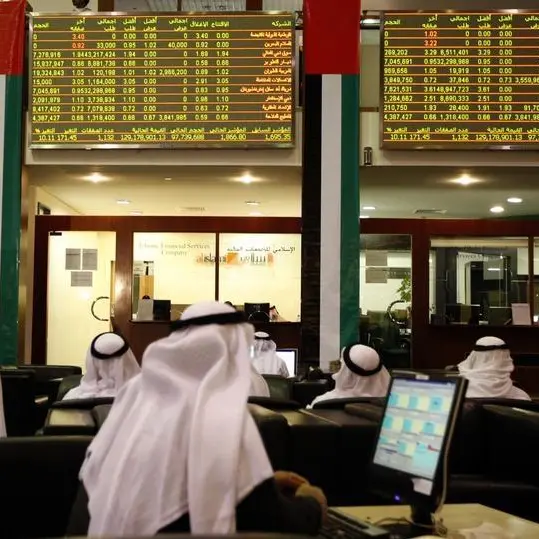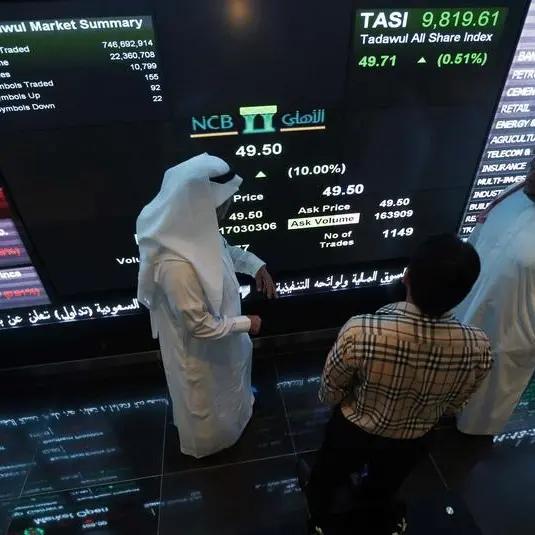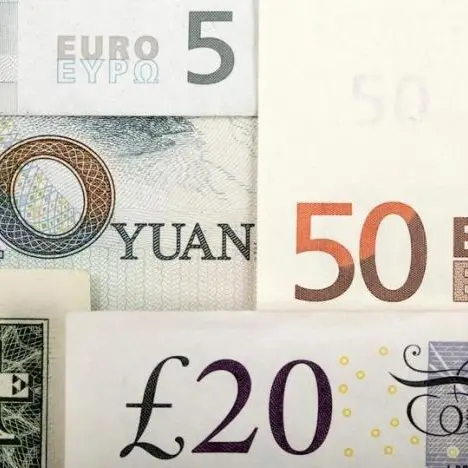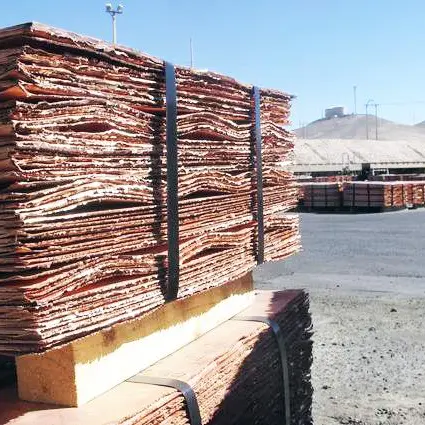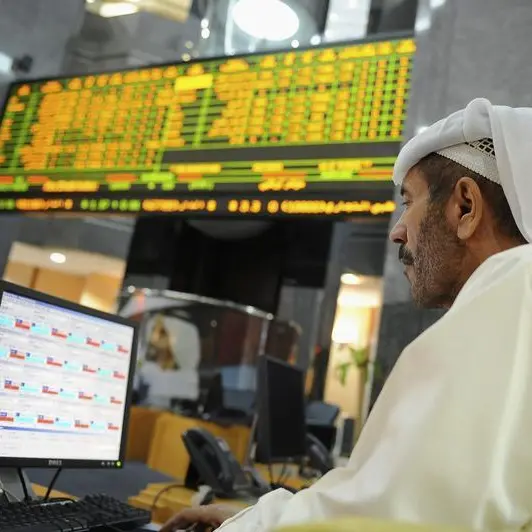PHOTO
Bitcoin is a trending topic across various social media platforms and search engines globally. With Bitcoin and cryptocurrency gaining popularity at an exponential rate, many questions and myths surround this topic. Mohammad Mahmood Galadari, who is a Bitcoin and cryptocurrency researcher as well as an investor and trader with over 10 years of experience shared his insight and expertise to assist with all your trading-related questions.
What is Bitcoin?
Bitcoin (BTC) is a digital currency that was created in January 2009. The identity of the person or persons who created the technology remains unknown. Bitcoin offers lower transaction fees than traditional online payment platforms. Bitcoin is also known as a bank, the way of transferring money and investment. Unlike currencies like the US dollar, which must be transferred through a banking institution. When you are holding Bitcoins, you are considered as your own bank because it is a decentralised system (requiring multiple parties to make their own independent decisions), which means that there is no manager or owner. As a result, nobody can control it, as there are no third parties involved.
Bitcoin is a virtual currency. There are no physical bitcoins, only balances, which are transparent and listed on a public ledger that people can view. Bitcoins are not issued or backed by any banks or governments, nor are individual bitcoins valuable as a commodity. Bitcoin is very popular and has spawned hundreds of other cryptocurrencies known as altcoins.
Each Bitcoin is a computer file stored in a 'digital wallet' application on a smartphone or computer. People can send Bitcoins or parts of a Bitcoin to your digital wallet, and vice versa. Every single transaction is recorded in a public list called the Blockchain. This makes it possible to trace the history of Bitcoins to stop the public from spending coins they do not own, making copies of coins or undo transactions.
Who is Satoshi Nakamoto?
Satoshi Nakamoto is the person or group of people who released the original Bitcoin white paper in 2008 and worked on the original Bitcoin software released in 2009. Since 2009 many individuals have either claimed to be or have been suggested as the real-life person behind the pseudonym Bitcoin.
What are the reasons why Bitcoin's inventor/inventors decided to keep their identity secret?
Privacy: As bitcoin has gained popularity and becoming a global phenomenon, Nakamoto would have a lot of attention from the media and governments globally.
Legal action: If bitcoin were to gain mass adoption, the system could surpass countries' fiat currencies. This threat to existing currencies could motivate governments to take legal action against bitcoin's creator.
Safety: In 2009, 32,489 blocks were mined at the reward rate of 50 bitcoin per block, the total payout in 2009 was 1,624,500 Bitcoins. Nakamoto may possess most of the Bitcoin mined during 2009. This amount of money could attract unwanted attention from criminals since Bitcoins are less like stocks and more like cash. The inventor of Bitcoin would take precautions to make any extortion-induced transfers traceable, therefore remaining anonymous limits exposure.
Bitcoin timeline:
On August 18, 2008, bitcoin.org was a registered domain name. The domain is "WhoisGuard Protected," which means the identity of the person who registered it is not public information.
On October 31, 2008, a person or group using the name Satoshi Nakamoto made an announcement on The Cryptography mailing list at metzdowd.com: "I've been working on a new electronic cash system that is fully peer-to-peer, with no trusted third party. This now-famous whitepaper published on bitcoin.org, entitled "Bitcoin: A Peer-to-Peer Electronic Cash System" set the tone on how Bitcoin operates today.
On January 3, 2009, the first Bitcoin block was mined and this was named Block 0, also known as the "genesis block" and contains the text: "The Times 03/Jan/2009 Chancellor on the brink of second bailout for banks," perhaps, as proof that the block was mined on or after that date, and maybe also as relevant political commentary.
On January 9, 2009, the bitcoin software's first version was announced on the Cryptography mailing list.
On January 9, 2009, block one was mined. Currently, there are 18,000,500 Bitcoins mined, and this number could increase significantly to 21,000,000 Bitcoins. Once this amount is reached, the system of Bitcoin will not generate more Bitcoins. The amount is limited and known as "digital gold".
Bitcoin explained:
The Bitcoin system is a collection of computers referred to as "nodes" or "miners" that all run Bitcoin's code and store its Blockchain. Blockchain can be explained as a collection of blocks, and each block is a collection of transactions. Because all the computers running the Blockchain has the same list of blocks and transactions and can transparently see these new blocks being filled with recent bitcoin transactions, therefore, no one can cheat the system.
Balances of bitcoin tokens are kept using public and private "keys," which are long strings of numbers and letters linked through the mathematical encryption algorithm used to create them. The public key serves as the address published globally. This allows for Bitcoins to be received.
The private key is meant to be a guarded secret and only used to authorise Bitcoin transmissions.
What are the most popular Bitcoin and Cryptocurrency investment sites?
Coinbase
Gemini
BlockFi
Kraken
Robinhood
eToro
Bitcoin IRA
What causes Bitcoins to fluctuate in value?
Demand and supply cause Bitcoin to fluctuate in value. When Bitcoins are purchased, the value increases. When Bitcoins are withdrawn and converted to cash, the value decreases. Another factor that contributes to the increase in the value of Bitcoin is when there is a demand for Bitcoin in the market. When people purchase a hardware wallet and withdraw Bitcoin from the exchanges, the Bitcoin amount will decrease in the exchanges, and as a result, its value increases.
What factors determine cryptocurrency prices?
Due to cryptocurrencies' centralised nature, their price movements are less affected by factors such as data releases, political uncertainty, and interest rate changes. Cryptocurrencies are a new type of financial instrument. Cryptocurrencies have relatively few correlating assets, affecting their price movements the prices of cryptocurrencies can be affected by several factors such as:
Changes in blockchain technologies and regulatory attempts to control their acceptability and 'tradability' in the financial markets
News reports and disagreements on how a cryptocurrency should be upgraded or processed can also affect its price
Security flaws exposed by hackers will also affect the price of a cryptocurrency
Government policies and regulations that seek to ban or limit cryptocurrencies' sale
Unlike fiat currency, bitcoin is created, distributed, traded, and stored using a decentralised ledger system known as a blockchain. Bitcoin cryptocurrency soared up to $20,000 per coin in 2017; however, it was trading for less than half of that in less than a year. In 2021, Bitcoin skyrocketed again to over $50,000 per coin after Elon Musk promoted the product on social platforms.
How are new Bitcoins created?
Bitcoins are created by mining, which is a process whereby bitcoins are released into circulation. Mining requires solving computationally difficult sums to discover a new block, which is added to the Blockchain, and in most cases, owners are rewarded with a Bitcoin. People set up powerful computers just to try and obtain Bitcoins. Recently sums are becoming increasingly challenging to prevent and an influx of Bitcoins from being generated into the market.
If you started mining now, it could be years before you got a single Bitcoin. The odds are that you could spend more money on electricity to power your computer than Bitcoin would be worth it.
Bitcoin mining adds and verifies transaction records across the network. For adding blocks to the Blockchain, miners are rewarded with a few bitcoins; the reward is halved every 210,000 blocks. The block reward was 50 new bitcoins in 2009. On May 11, 2020, the third halving occurred, bringing the reward for each block discovery down to 6.25 bitcoins.
A variety of hardware can be used to mine bitcoin. However, some yield higher rewards than others. Certain computer chips, called Application-Specific Integrated Circuits (ASIC), and more advanced processing units, like Graphic Processing Units (GPUs), can achieve more rewards. These elaborate mining processors are known as "mining rigs."
One bitcoin is divisible to eight decimal places (100 millionths of one bitcoin), and this smallest unit is referred to as a Satoshi. If the participating miners accept the change, Bitcoin could eventually be divisible to even more decimal places.
Copyright © 2021 Khaleej Times. All Rights Reserved. Provided by SyndiGate Media Inc. (Syndigate.info).
